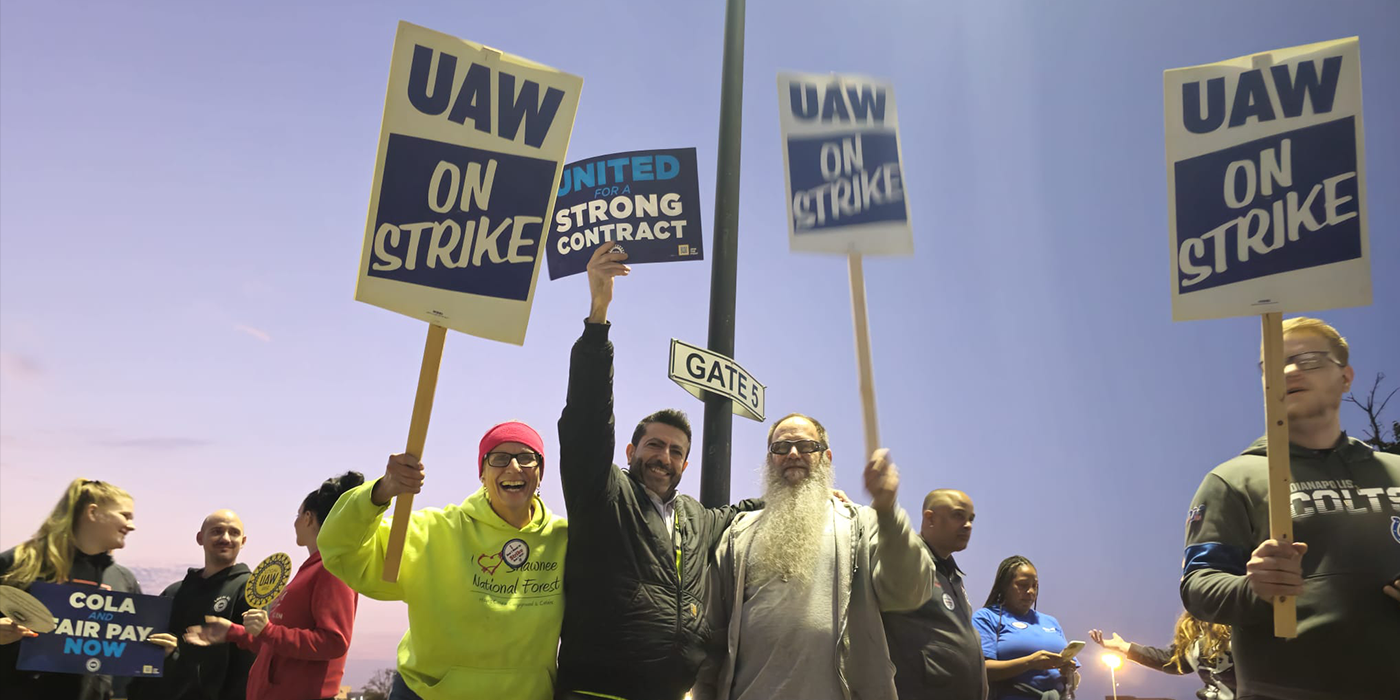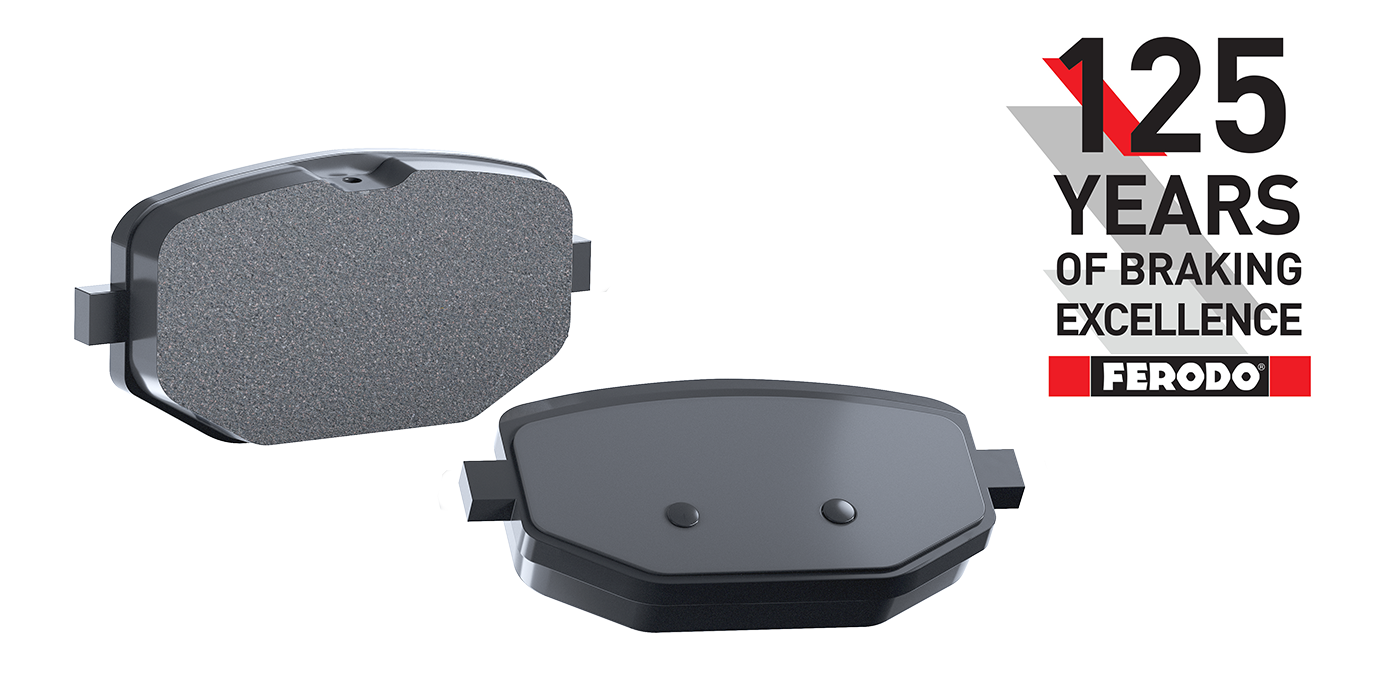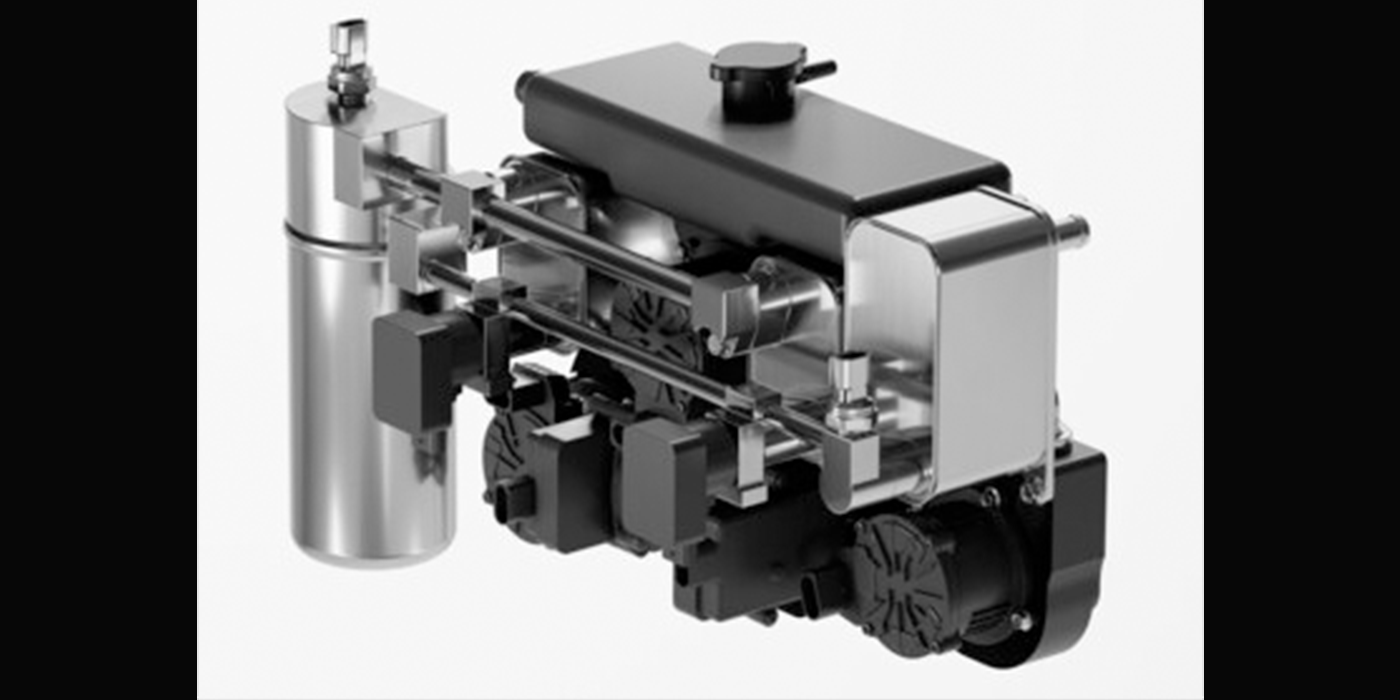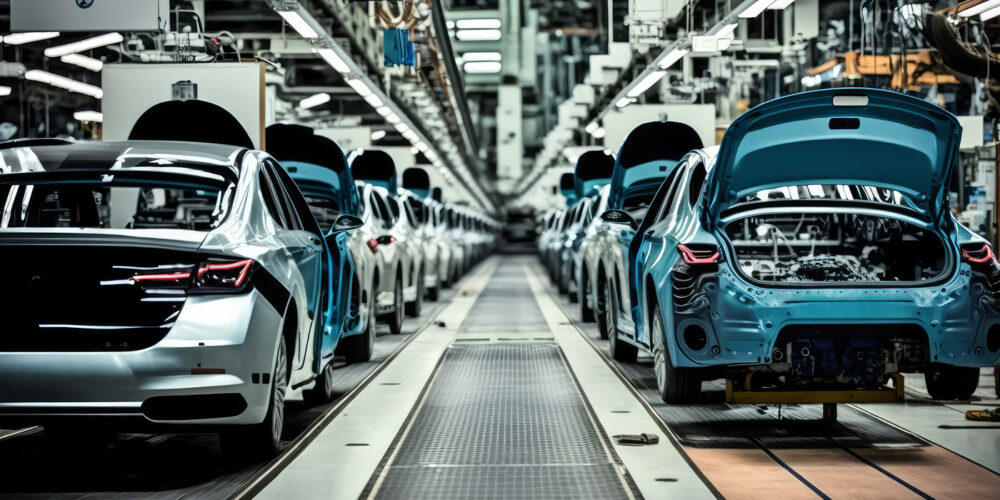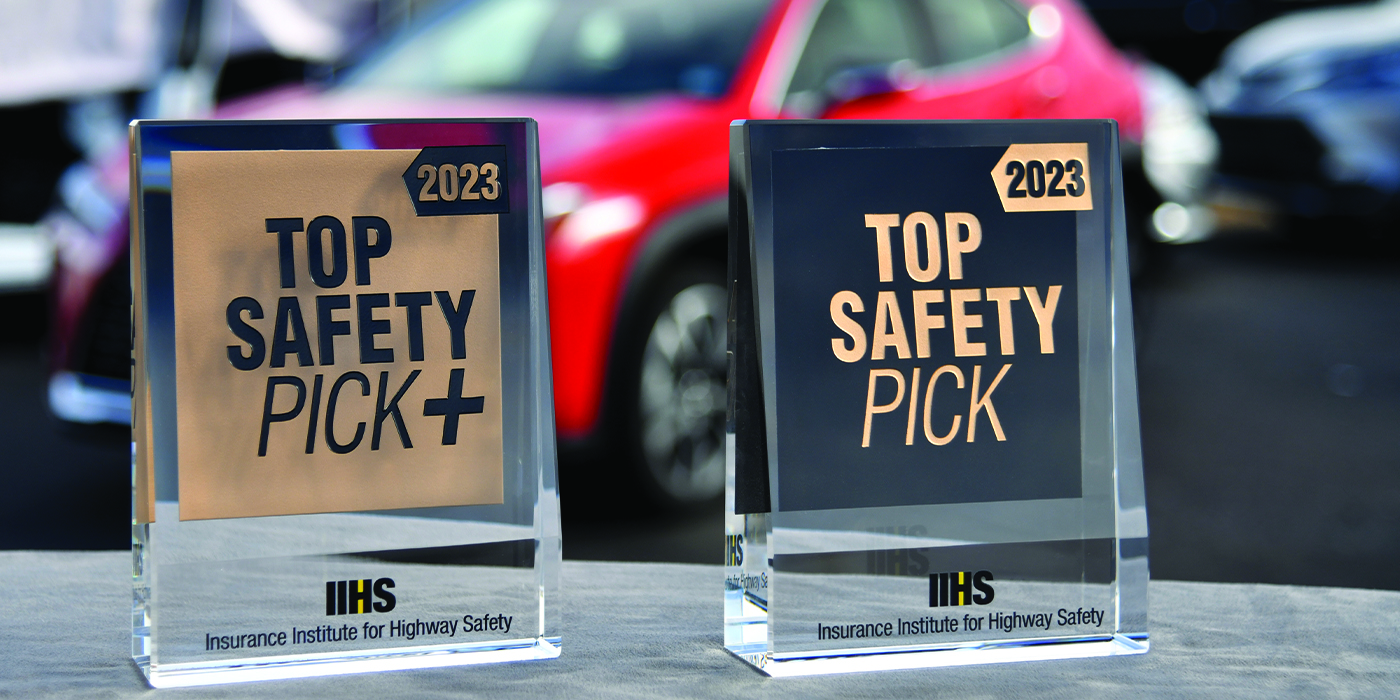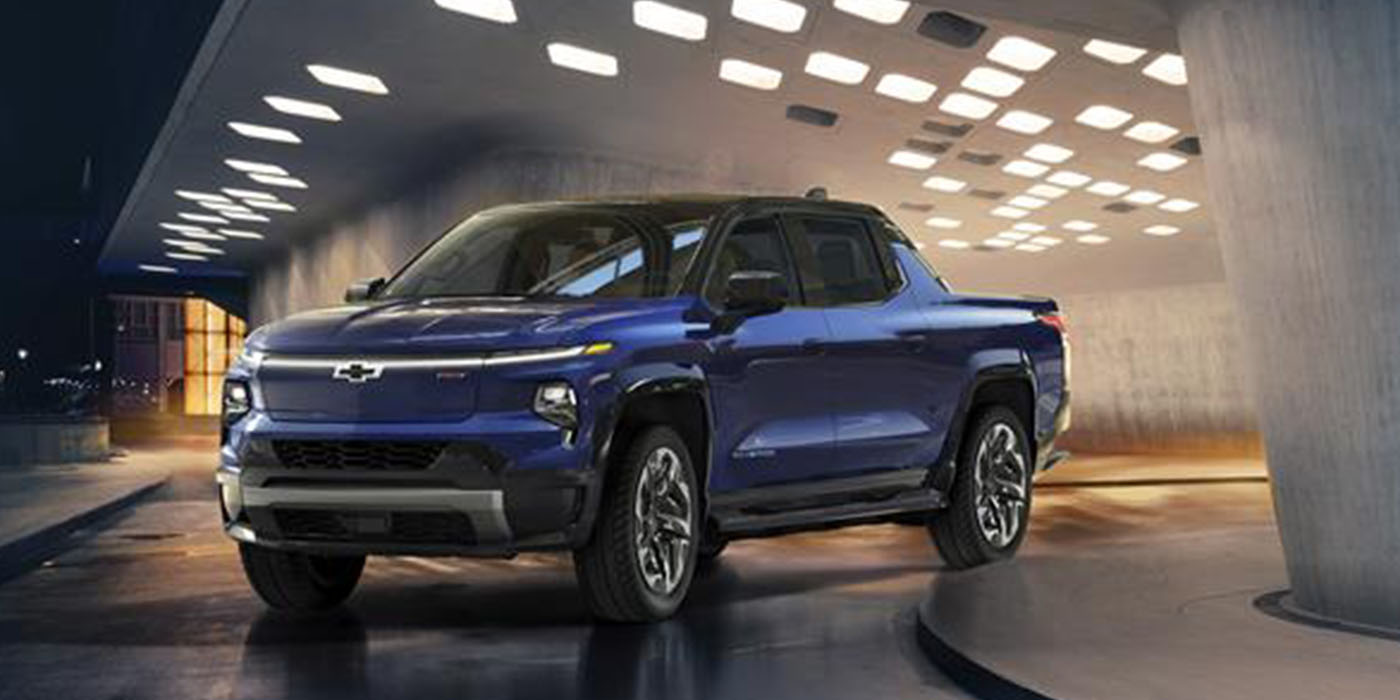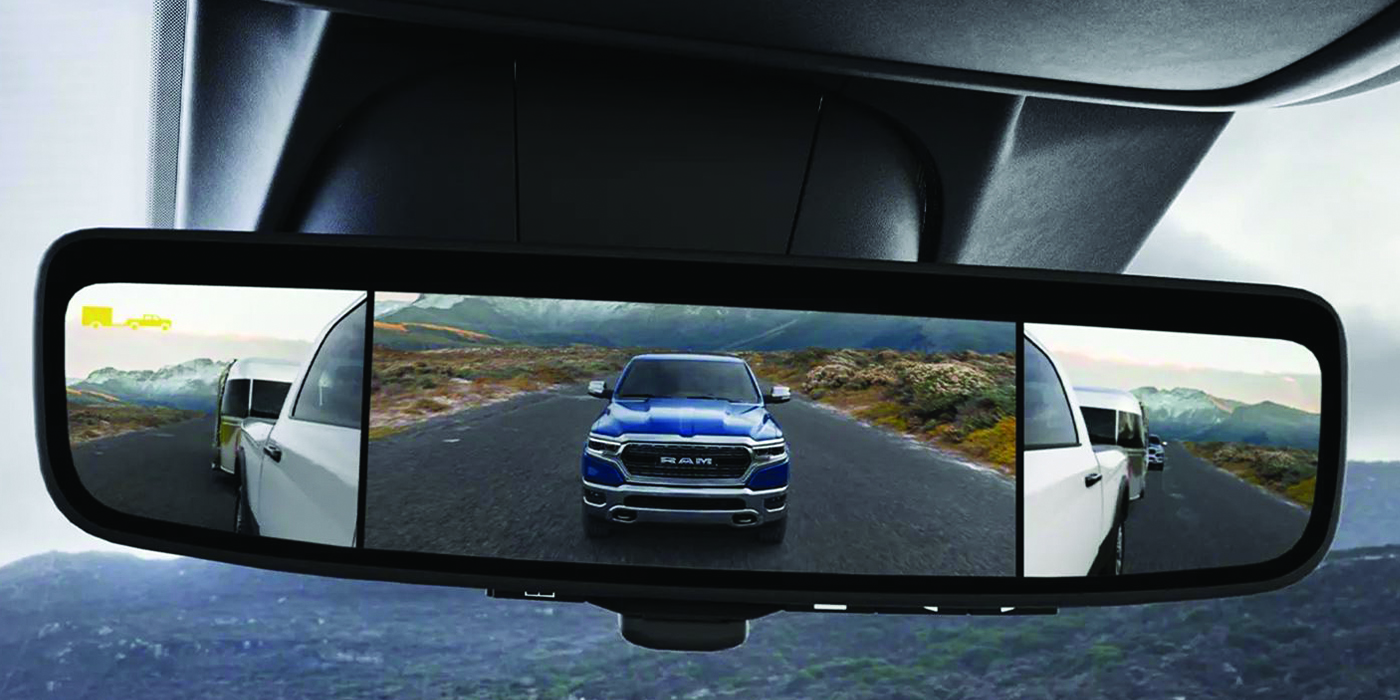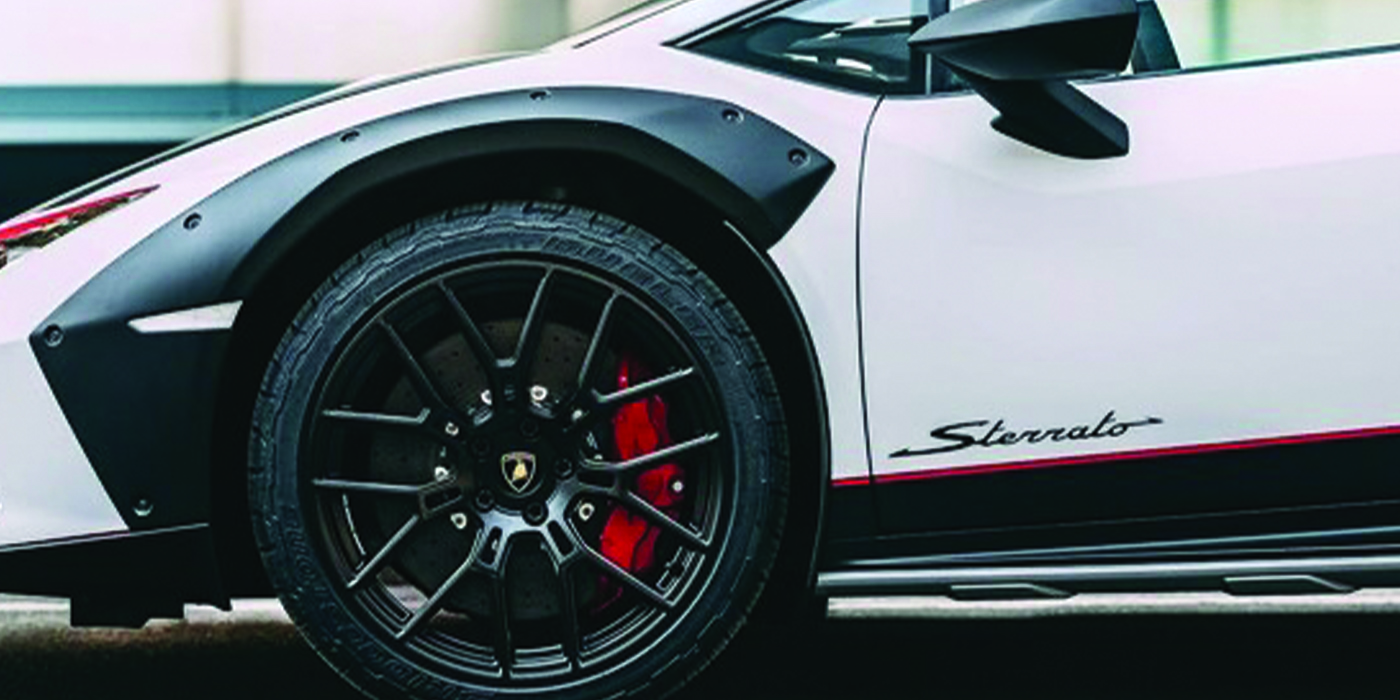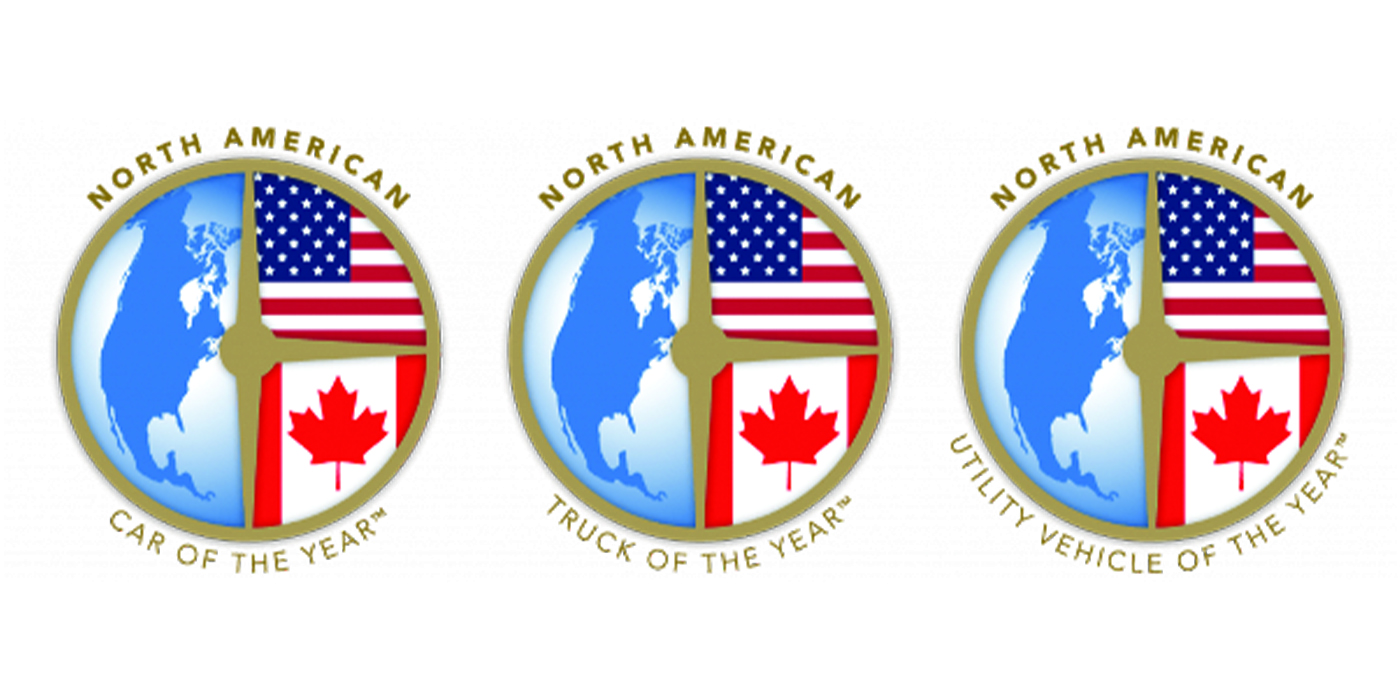From Detroit Free Press
WASHINGTON — After eight months of missed dates, mounting political pressure and a change in congressional control, just what did Detroit automakers get from their meeting Tuesday with President George W. Bush? A promise for more meetings.
While they didn’t agree on every issue, especially on Japan’s currency, the executives said they were satisfied that the president is concerned about the state of the domestic auto industry.
"All the issues were discussed, and we have an open dialogue," Chrysler Group Chief Executive Tom LaSorda said outside the White House after the meeting. "That’s a door we’ve been waiting to open, and I think we’ll make better progress."
Bush and the three chief executives had nothing but kind words for each other after their hour-long sit-down in the Oval Office. The president said he had a "constructive and meaningful dialogue" with the executives, noted their companies’ role in the U.S. economy and pledged that his administration would consult with them more frequently.
That was good enough for automakers, who had come armed with a list of intractable problems — rising health care costs, currency issues, rising steel prices — and a conditional promise to increase the number of vehicles they build that can burn ethanol or biodiesel if the fuels are available.
With all three automakers in varying states of distress, and General Motors Corp. and Ford Motor Co. shedding 70,000 jobs, the meeting carried more urgency than the last White House visit by Detroit’s auto chieftains nine years ago.
Bush said the executives "are making difficult decisions, and tough choices to make sure that their companies are competitive in a global economy."
"It’s in our interest that in government we find out ways that we’ll be able to work to make sure that this industry is as vibrant and solid as possible," he added.
Walking into the White House just after 1 p.m., the three executives were shown to the Oval Office. Bush sat in an armchair between sofas. On one side sat Ford Chief Executive Alan Mulally, LaSorda and GM Chairman Rick Wagoner.
Vice President Dick Cheney, a last-minute addition to the meeting, sat next to the president. On the sofa across from the executives, Treasury Secretary Henry Paulson, Transportation Secretary Mary Peters and White House economic adviser Al Hubbard listened in.
As expected, the meeting focused on three key issues:
ENERGY: Wagoner said the automakers told the president they could increase their production of vehicles that can run on ethanol or biodiesel to half of their fleet by 2012, if there were more pumps made available to dispense those fuels. The Detroit automakers said earlier this year they would double their output of such vehicles to 2 million annually by 2010.
Bush has been an avid promoter of ethanol, frequently mentioning it in speeches as a way to reduce American dependence on foreign oil. The automakers back the "25 by ’25" coalition, which seeks to have 25 percent of the nation’s energy supplied from renewable sources by 2025.
HEALTH CARE: Bush said he assured the executives that the administration "is addressing rising health care costs through a variety of initiatives that I think over time are going to make a significant difference in not only their cost but the cost to the U.S. taxpayer, as well."
Wagoner said that, while the executives supported such moves as promoting better technology for medical records and more transparent prices, "I think the question is ‘Can we go faster?’ " He also said the automakers discussed more government attention on catastrophic cases, the sickest 1 percent of patients who account for 30 percent of the nation’s health care bill.
"I can’t say … he saw it exactly our way, but he’s willing to look into that," Wagoner said.
TRADE: Here’s where the president and the automakers disagreed the most. Wagoner, who has long contended that Japanese automakers enjoy an unfair advantage due to a weak currency, said the executives made their case that Japan had "systematically undervalued" its yen, but Bush "didn’t 100 percent see it that way," Wagoner said.
The Detroit automakers say that gives Japanese automakers a $3,000 to $9,000 subsidy on each vehicle imported in the United States, which will total about $2.3 million this year. But concerns about the yen have been overshadowed in Washington by China holding down the value of its yuan to boost exports.
The automakers say China isn’t a concern because China has opened its market to them, but lawmakers and policy experts say U.S. trade issues with China must come first.
"The Big Three can’t have it two ways, a stronger yen and a weaker yuan," said Peter Morici, an economist and professor at the University of Maryland. "Japan cannot appreciably revalue its currency, nor can other Asian governments revalue their currencies, until China stops intervening in currency markets."
While not committing to discuss currency with Asian leaders on a trip to Vietnam this week, Bush said his message "to our trading partners is just treat us the way we treat you. Our markets are open for your products, and we expect your markets to be open for ours, including our automobiles."
STEEL: The executives also raised their concerns about U.S. steel tariffs. GM and Ford have said higher steel prices are hurting their efforts to restore profits and have cost the industry $3 billion in the last 2 1/2 years. U.S. steelmakers say the tariffs protect them from dumping by foreign mills.
"We are asking the administration to recognize that the continued protection of steel from competition is severely harming U.S. manufacturing and is no longer needed," the companies said in a statement.
The automakers had pursued the long-awaited meeting, originally scheduled for May, after finding few sympathetic ears for their concerns in the administration, a problem exacerbated by the departure of former GM executive Andrew Card as White House chief of staff in March.
Michigan’s congressional Democrats, who will take over several important committees when the new Congress convenes in January, have pressured the automakers to take a harder line with the administration. After their meeting, the executives suggested that wouldn’t be necessary.
"I really do feel like we have a very supportive administration," Mulally said.
Copyright (c) 2006, Detroit Free Press

